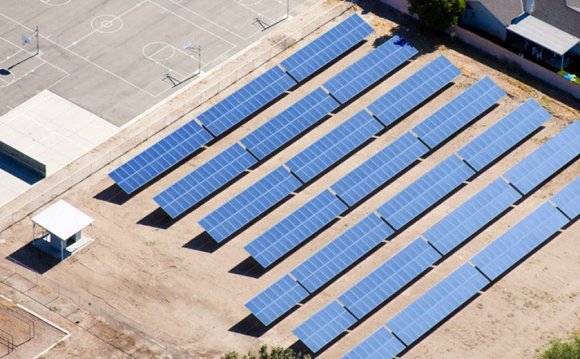
Of the four BRIC nations, so beloved of Wall St. since the world’s economic future, just one, the Russian Federation, is a significant power exporter.
Asia and Asia tend to be scouring the planet for energy imports.
Brazil, which 2 yrs ago became a moderate hydrocarbon exporter, still has to feed the increasing energy needs of the populace.
Compared to that end, in Pará state when you look at the Amazonian basin, Brazilian employees are feverishly laboring at $14.4 billion Belo Monte dam on Xingu lake to complete the world’s biggest hydroelectric center, which, will create 11, 233 megawatts. Whenever finished, Belo Monte can be the world’s third-largest dam creating electrical energy, exceeded just by Asia’s Three Gorges (20 megawatts) and Itaipu (14 megawatts), in the Brazilian edge with Paraguay.
Hooray, right?
Depends whom you speak with.
Norte Energia, the winning consortium of state-controlled firms and retirement funds, has surmounted all appropriate challenges up to now. Not surprisingly, locals, like the Amerindian activist group Xingu Vivo (“Living Xingu”), have garnered some global heavyweight support, including U.S. filmmaker James Cameron, who may have contrasted the Belo Monte dam-builders towards the environmental villains in his blockbuster film “Avatar.”
But wait a moment.
Brazil had been among the first countries on the planet to find yourself in renewable power, in the form of ethanol within the wake of 1973 Arab oil embargo, and it is now the world’s leading producer. Today, 46 percent of Brazil’s power comes from green energy resources, and hydroelectric power plants at this time create over 85 % of nation’s electrical energy. In line with the present geopolitical buzz expression “national power safety, ” Brazil’s federal government has made a decision to hit forward not just with Belo Monte but various other new hydroelectric dams to guarantee the country’s energy protection.
Well, today time for many bad PR. On 3 May 200 Amazon Indians occupied the three Belo Monte building websites, demanding the Brazilian federal government hold prior consultations with native individuals before creating dams that impact their particular places and livelihoods.
The legal conflicts began in 1976, but last year, Brazil’s Supreme legal came down highly in favor of the Belo Monte project, effortlessly leaving the opposition from choices.
The protest includes 100 Munduruku Indians through the Tapajos river, the only real significant river in the Amazon basin with no dams, but in which the Brazilian government promises to build several even more to fulfill Brazil's rapidly increasing electrical energy needs.
And herein lies the crux of the issue. “The (Tsapajos is) just major lake in the Amazon basin without any dams.”
The question arises, “qui bono?”
Perhaps not the Xingu, Munduruku, Juruna, Kayapo, Xipaya, Kuruaya, Asurini, Parakana and Ara Indian tribes which is discomfited and displaced by Belo Monte while the various other proposed hydroelectric projects.
Not merely Brazilians, who'll see special countries overrun by the electric requirements of these more advanced consumer brethren, but in the conclusion, individuals globally who however view human being culture as more diverse compared to those aspiring to a condo with energy and a car inside garage.









